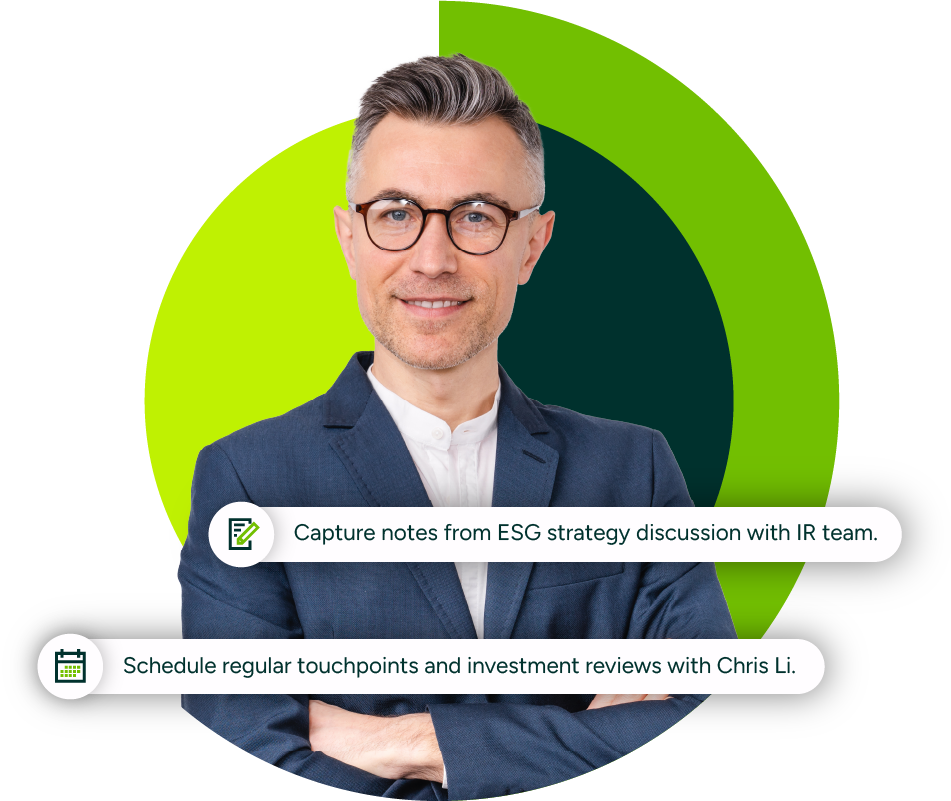
Trusted by 120,000 teams worldwide
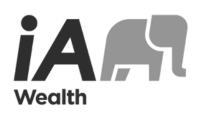

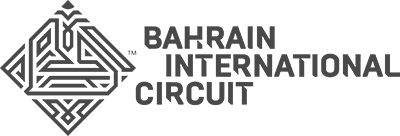

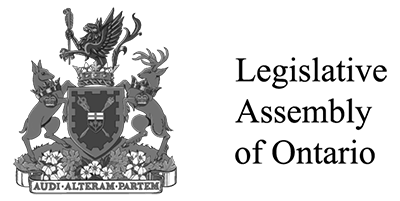

Why asset managers need a CRM
The challenges of managing assets and client relationships
Growing expectations. Multiple portfolios. Compliance pressures. Asset managers juggle high-touch client service with complex, regulated workflows. Without a centralized system to manage it all, critical details get missed—and that leads to missed opportunities.
How a CRM enhances asset management efficiency
A CRM built for asset managers can consolidate communication threads, flag urgent follow-ups, and bring together the tools and data needed to make each day productive. The right CRM gives you the clarity to act, not just react.
Key features of our asset management CRM
Portfolio and investment tracking
Stay ahead of every client conversation with a unified view of each portfolio. View holdings by asset class, performance history, contribution timelines, or investment strategy. Link accounts, family members, and investment vehicles to provide a consolidated, real-time financial picture—without switching tools or toggling spreadsheets.
Secure document management and compliance
Security isn’t a feature—it’s a requirement. Store and organize compliance-critical documents such as IPS agreements, trade confirmations, and meeting notes in one central, permission-controlled space. Set retention policies, lock down access, and generate a full audit trail to stay compliant with industry regulations and internal governance requirements.
Customizable client dashboards
Every client is different. Maximizer lets you build tailored dashboards that show only the data you need—whether that’s AUM changes, upcoming review dates, net cash flows, or specific holdings. Quickly identify who needs attention and why, so no opportunity slips through the cracks.
Workflow automation and task management
Turn your high-touch processes into repeatable systems. Automate recurring tasks like KYC reviews, quarterly rebalancing reminders, or document signature follow-ups. Assign workflows to team members and track progress in real time. Whether your team is remote, hybrid, or centralized, everyone stays aligned.
AI-powered reporting and performance insights
Get more than reports—gain foresight. Use predictive analytics to identify top-performing portfolios, detect client attrition risks, and monitor team performance. AI-generated summaries surface trends and flag exceptions before they impact client satisfaction or regulatory standing.
Benefits of using a CRM for asset management
Improved client satisfaction and retention
When advisors have immediate access to a client’s full financial story—from goals and holdings to recent conversations—they can deliver timely, tailored advice that builds trust. This level of personalization fosters loyalty and minimizes client attrition, especially during volatile market cycles.
Increased operational efficiency and productivity
Time spent chasing documents, entering data manually, or bouncing between platforms is time taken away from strategic work. Maximizer centralizes key functions into one CRM—reducing context-switching and unlocking more productive hours for client service and revenue-generating activities.
Enhanced data security and regulatory compliance
With built-in access controls, encrypted storage, and audit-friendly records, your firm can demonstrate compliance at any moment. Whether you’re preparing for a client review or a regulatory audit, everything you need is documented, time-stamped, and secure—without needing a dedicated compliance team to manage it all.
Scalable solutions for growing firms
As your book of business expands, so do your data demands. Maximizer is built to scale—from adding new team members to accommodating more complex reporting, workflows, or regulatory requirements. Whether you’re growing regionally or transitioning leadership, your CRM grows with you—not against you.
Book a demo and see Maximizer in action
Discover how the right CRM can elevate your asset management practice.
How to implement an asset management CRM
Step 1: Define your firm’s CRM needs
Map your ideal client journey and identify gaps in your current tools and processes.
Step 2: Customize for your portfolio management workflow
Tailor Maximizer’s fields, dashboards, and automations to your reporting structure and investment mandates.
Step 3: Train your team for CRM adoption
Equip your advisors and back-office staff with the know-how to use the CRM as a daily hub—not just another tool.
Step 4: Optimize CRM usage and performance over time
Use built-in analytics to refine workflows, monitor usage, and identify where additional support or configuration may be needed.
Why choose Maximizer for asset management?
Trusted by financial professionals worldwide
With over 35 years supporting financial firms, Maximizer continues to evolve alongside the industry—bringing modern tools to the relationship-driven world of asset management.
Integrated with your asset management tools
Maximizer works with the platforms you already use—from Microsoft 365 to document e-signing, portfolio accounting, and analytics tools—so your tech ecosystem remains connected and contextual.
Dedicated support and continuous innovation
Maximizer’s customer success team understands the demands of asset managers and provides white-glove support and configuration guidance—backed by regular feature releases and enhancements.
Companies choose to partner with Maximizer
Learn why people love Maximizer
Why Client Insights Are Harder Than They Should Be
Advisors don’t have a shortage of data. Every call, every transaction, every compliance note is captured somewhere in a system. Yet ask most financial professionals how easy it is to turn that data...
The 7 C’s of CRM – How Maximizer CRM Strengthens Customer Relationships
The 7 C’s of CRM: How Maximizer CRM Helps Businesses Build Stronger Customer Relationships Customer relationships are at the heart of every successful business, but maintaining those connections...
Maximizer CRM vs Close CRM | CRM Systems in Canada [2025]
The difference between businesses that grow and those that stall often comes down to one thing: how well they manage client relationships. One of the most effective ways companies are addressing...
Boost client satisfaction with AI CRM insights
Sign up for a free trial today and see how an Maximizer can boost your business.
Frequently asked questions
What is an asset management CRM?
An asset management CRM is purpose-built for firms that manage client investments and financial portfolios. Unlike general CRMs, it offers features tailored for financial services, including portfolio tracking, compliance documentation, household structuring, and AUM monitoring. This specificity allows advisors to not only manage contacts and communications, but also link those interactions directly to investment activity and client goals—resulting in better service and stronger long-term relationships.
How does an asset management CRM support regulatory compliance?
Maximizer helps asset managers stay compliant by capturing a detailed audit trail of all client interactions, maintaining immutable documentation, and supporting customizable permission settings. Features like role-based access, document locking, and historical version control ensure that your records meet the standards of regulatory bodies like IIROC, SEC, or MFDA. When audits arise, firms can quickly demonstrate compliance and reduce risk of penalties or reputation damage.
Can Maximizer integrate with other asset management tools I already use?
Absolutely. Maximizer is built for integration—especially with platforms popular among asset managers. Whether you’re using Microsoft 365 (Outlook, Teams, SharePoint), portfolio accounting software, e-signature tools like DocuSign, or back-office systems, Maximizer can be configured to connect your workflows. This means your team won’t need to duplicate work or manage data in silos—information flows where you need it, when you need it.
What’s the ROI of implementing a CRM for asset managers?
The return on investment includes both quantitative and qualitative gains. Firms typically see faster deal cycles, better client retention, reduced compliance risk, and increased advisor productivity. Teams reclaim time previously spent on administrative tasks and use it for relationship-building or strategy. Plus, with visibility into team performance and portfolio activity, leaders can make sharper decisions that drive long-term growth and client satisfaction.
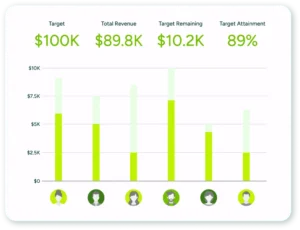


![Maximizer CRM vs Close CRM | CRM Systems in Canada [2025]](https://www.maximizer.com/wp-content/uploads/2025/09/Maximizer-CRM-vs-Close-400x250.jpg)